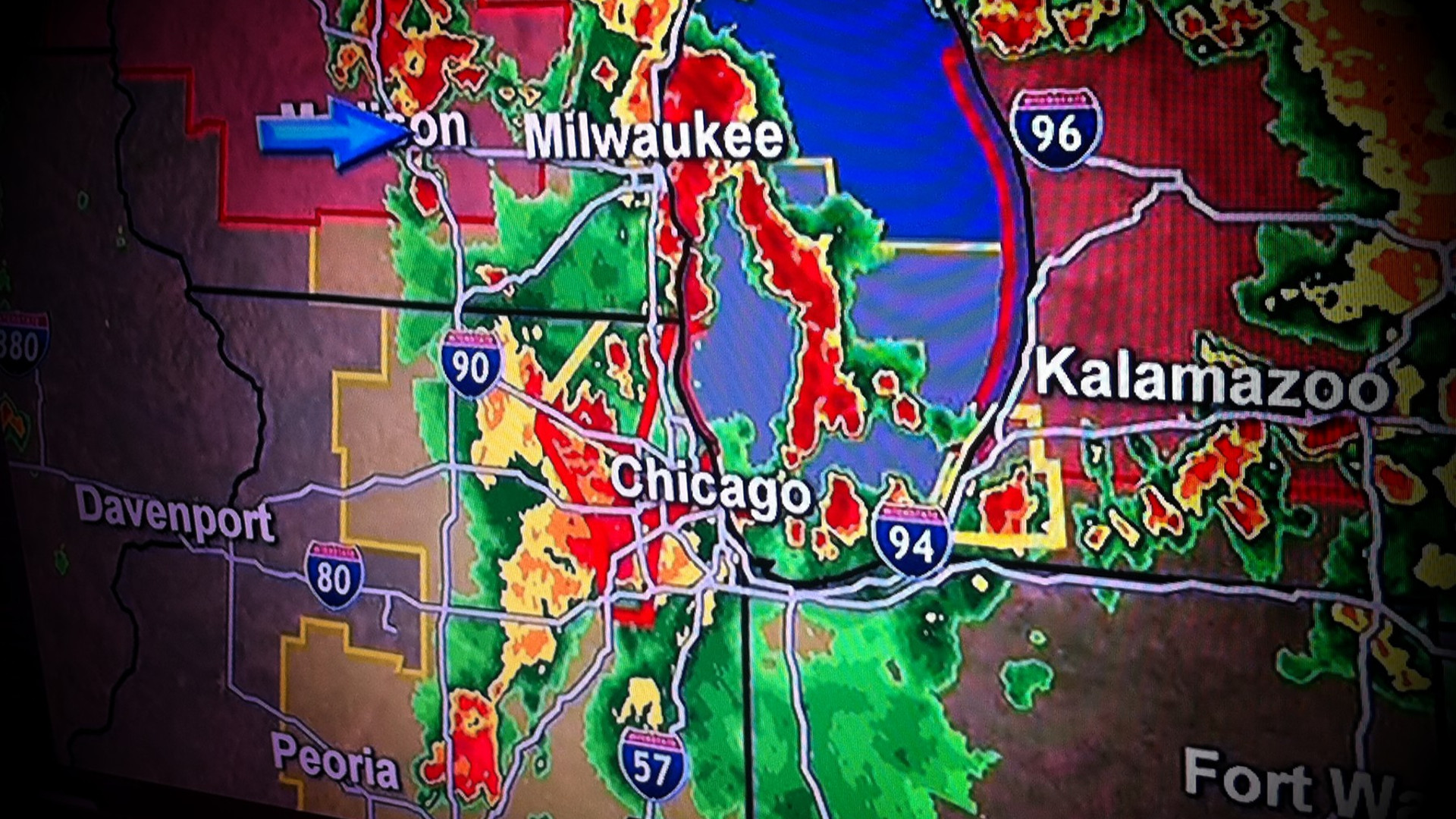Will the weekend rain clouds arrive before or after that long hike you want to take? Your local TV meteorologist probably has the definitive answer.
What climatic changes will occur in your region over the next 10 years? That’s a question your local weathercaster may decline to discuss on the air.
It’s not that your local weatherperson is a climate-change denier (although a handful of them are). It’s that his or her job — seemingly a perfect platform for communicating science to the masses — just isn’t conducive to spreading the facts about global warming.
That’s the word from a new study by an interdisciplinary team of researchers at Bentley University. Published last month in the book “Climate Change Adaptation in North America,” the study found three surprising reasons meteorologists don’t talk about the future beyond the next 10 days.
1. Their jobs depend on their popularity.
Think about it: Do you watch the local news because you trust the anchors or because you trust the weather reports? If the same station kept getting its predictions wrong, you’d change the channel, wouldn’t you?
“It turns out that the weather forecaster is the main driver of local news loyalty,” says one of the study’s authors, Helen Meldrum, an associate professor of psychology. “I had thought it was maybe the anchor, but people feel that ‘Tom on station ABC 5 tends to get those snowstorms right,’ so they stay tuned into that station.” That translates into ratings for the TV station and profits for everyone involved.
It goes even further than that. Meldrum says many viewers develop deep attachments to their local weathermen in what are known as “parasocial” (one-sided) relationships. The audience members feel the TV personalities are friends.
These two factors add up. Meldrum says meteorologists are aware of their viewers’ loyalty and these emotional relationships, which makes it even harder to talk about the potentially polarizing subject of climate change. “They are incredibly aware of their popularity and they do not want to do things that will risk it,” she says. “Why risk stepping into the role of being a science educator and presenting the facts if you know the facts are going to alienate over half of the people who have given you ‘likes’ on your Facebook page,” she asks.
2. They just don’t have time.
Consider your local evening news program and its weather segments. First the anchors banter with their station’s meteorologist for about 30 seconds, joking about the weather, and then it’s time for the forecast, which has to cram predictions for the morning the commute, the evening rain and the entirety of the next week into about two minutes. They can’t go a second over their allotted time — after all, the sports report’s next. No room for discussion of climate.
On top of that need to be pithy, today’s average meteorologist also has to spend time interacting with viewers on his or her personal Facebook page and Twitter account, while squeezing in a never-ending barrage of personal appearances.
“They’re just completely strapped for time,” says Meldrum, who interviewed meteorologists around New England for the paper. Many of them struggled to find even half an hour to talk with her.
3. Their profession doesn’t prepare them to talk about climate.
Standing in front of a green screen pointing at digital clouds and numbers may look easy, but getting a meteorology degree takes a lot of work. Even the most advanced coursework, however, leans heavily on the science of developing an instantaneous snapshot of the atmosphere. “They don’t have enough time to put climatology or paleoclimatology into the curriculum,” says another of the study’s authors, David Szymanski, an associate professor of geology. “They don’t get the long-range view. Distinguishing between natural and unnatural climate requires this lens.”
The Impact on the Public
All of this is a bit of a shame because the public loves and trusts their local weather professionals. “Broadcast meteorologists are perceived as the TV station’s resident scientists,” Szymanski says, adding that they may be the only scientists that many viewers know. “When people are asked to name a living scientist, many of them pick their local weathercaster.”
That makes meteorologists what he calls “a fantastic conduit of information on climate change” — one the world isn’t really getting the chance to experience.
Luckily things are changing. Some meteorologists are talking about climate change at their public appearances, and a few have become strong advocates for science on Twitter and other social networks. Others are using special climate-change-related graphics, created by Climate Central’s Climate Matters program, during their broadcasts. “These new services give them pre-made, empirically tested images that don’t kill their time budget,” Meldrum says.
Finally, some broadcasters are taking the message outside of their two-minute window. Meldrum reports that one of the meteorologists they interviewed decided to do a special climate report outside her normal weather segment, and that’s an example others can follow. “The ones who want to be climate change communicators, they need to have enough power within their station to negotiate for longer special reports,” she says.
Meanwhile the number of meteorologists who actively deny climate change continues to fall. A survey published this March by George Mason University’s Center for Climate Change Communication found that 95 percent of weathercasters think climate change is happening, and that only about 21 percent think it’s not man-made. That’s much better than it was five years ago.
“It’s a sign of hope,” Meldrum says.
Previously on The Revelator:
Lobsters in Hot Water: Climate Change Threatens Maine’s Most Valuable Fishery


